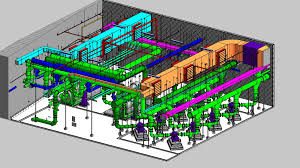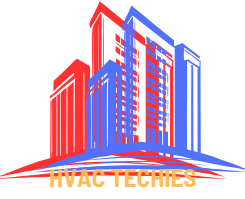
What is MEP Design? A Complete Guide for Beginners and Builders
🔧 MEP = Mechanical, Electrical, and Plumbing
MEP design is the backbone of modern building systems, integrating comfort, safety, and functionality into architectural structures. Whether you’re constructing a skyscraper or renovating a home, MEP engineering is essential.
- ✅ Comfort: Heating, cooling, ventilation, water, and lighting systems.
- ✅ Functionality: Power distribution, gas piping, data systems, elevators.
- ✅ Safety: Fire suppression, emergency lighting, smoke control, drainage.
- ✅ Efficiency: Energy optimization, water conservation, smart systems integration.
MEP Disciplines Explained
2. Electrical Design
- Power distribution (panels, transformers, cables)
- Lighting design and controls (lux levels, automation)
- Emergency backup systems (generators, UPS)
- Earthing and lightning protection
- Fire alarm and data systems
3. Plumbing Design
- Domestic water supply (cold/hot water routing)
- Drainage and waste systems
- Stormwater management
- Pump selection and sizing
- Water conservation fixtures
MEP Design Workflow (Step-by-Step)
- Architectural Coordination: Understand room functions, layout, and space usage.
- Load Calculations: HVAC and electrical loads based on occupancy, climate, and equipment.
- System Selection: Choose optimal HVAC, electrical, and plumbing systems.
- Drafting & Modeling: Use AutoCAD, Revit, or BIM 360 to create coordinated drawings.
- Clash Detection: Ensure mechanical, electrical, and plumbing systems don’t interfere with each other (via Navisworks).
- Code Compliance: Design as per local codes, NFPA, ASHRAE, IPC, and NEC standards.
- Construction Documents: Finalize drawings for execution (tender and IFC sets).
Who Uses MEP Design?
- Architects (for integration)
- Contractors (for execution)
- Facility managers (for operations)
- Building owners/developers
- Government/Approving authorities
Tips for Great MEP Design
✔️ Prioritize energy efficiency
✔️ Plan early with architects
✔️ Use BIM for coordination
✔️ Minimize long pipe and duct runs
✔️ Regularly review with stakeholders
MEP Software You Should Know
- AutoCAD MEP
- Revit MEP
- Carrier HAP / TRACE 700
- Dialux / Relux (lighting)
- ETAP (electrical analysis)


